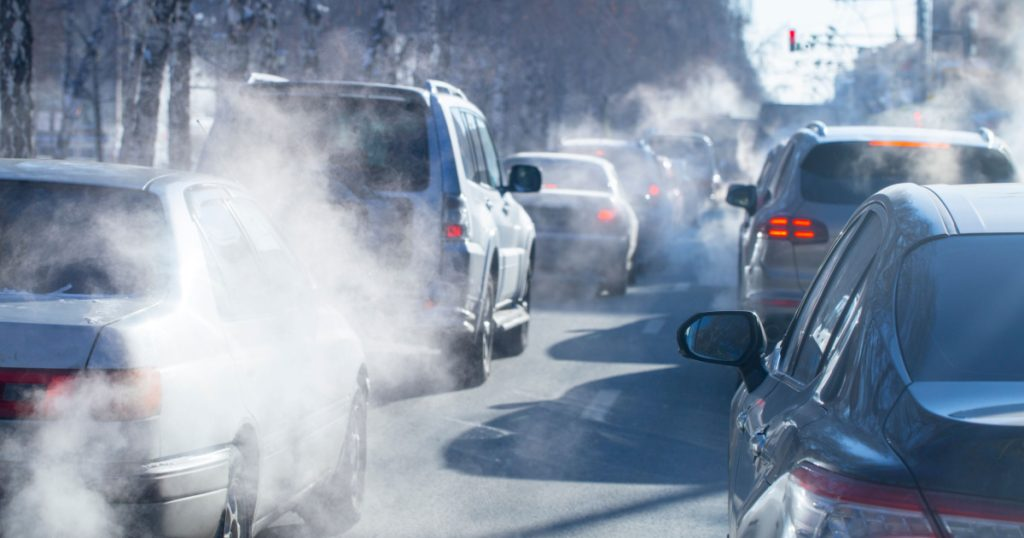Cleaner Air, Healthier Environment

Air quality is a paramount concern, especially in urban environments rife with pollution. The air recirculation button acts as a shield against pollutants and allergens. By using recirculated air, drivers can significantly reduce their exposure to external contaminants, thereby creating a safer and more comfortable cabin environment.
Quieter Ride, Reduced Stress

The benefits extend beyond air quality. Recirculating the interior air can lead to a quieter ride by minimizing the noise from bustling streets. Additionally, by reducing the workload on the air conditioning system, the vehicle’s components are subject to less stress, potentially resulting in fewer maintenance requirements and longer-lasting performance.
When and When Not to Engage the Recirculation Button
The air recirculation button shines in specific scenarios, optimizing the driving experience and ensuring the well-being of passengers.
Hot Weather

When driving in hot weather, especially during a heatwave, engaging the air recirculation mode can help the air conditioning system cool the cabin more efficiently, providing a quicker escape from scorching temperatures.
Polluted Areas

In areas with high pollution levels, such as heavy traffic or industrial zones, activating the recirculation mode shields the cabin from harmful exhaust fumes and pollutants, safeguarding the health of occupants.
Odor Control

Encounter a pungent odor from a nearby landfill or factory? The air recirculation mode prevents these unpleasant smells from infiltrating the cabin, allowing you to continue your journey in comfort.
Occasions to Avoid Usage
While the air recirculation mode offers a range of benefits, there are situations where using it might not be advisable.
Winter Driving

During cold weather, using the recirculation mode excessively can lead to foggy windows due to trapped moisture. It’s better to allow fresh air to circulate, aiding in faster defogging and maintaining clear visibility.
Long Duration Usage

Extended use of the recirculation mode in sealed vehicles can lead to increased carbon dioxide levels. It’s recommended to periodically switch to fresh air mode, especially during long drives, to maintain a healthy cabin environment.
Respiratory Concerns

If you or your passengers suffer from respiratory issues or allergies, using the fresh air mode may be more suitable to minimize the recirculation of potentially stale or polluted air.
Mastering the Air Recirculation Button
The unassuming air recirculation button holds within it the power to transform your driving experience. By understanding its functions and benefits, you can wield it effectively to create a cleaner, more comfortable cabin environment, all while enhancing fuel efficiency and promoting long-term vehicle well-being.
Whether battling urban pollution, escaping unpleasant odors, or navigating extreme weather conditions, the air recirculation button proves to be an indispensable tool for every modern driver. So, the next time you venture onto the open road, armed with knowledge, press that button and embrace the refreshing, cleaner air that surrounds you.



